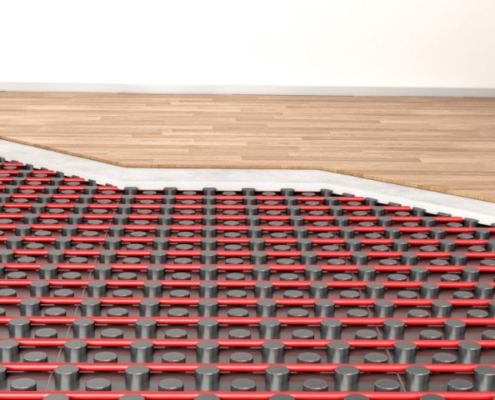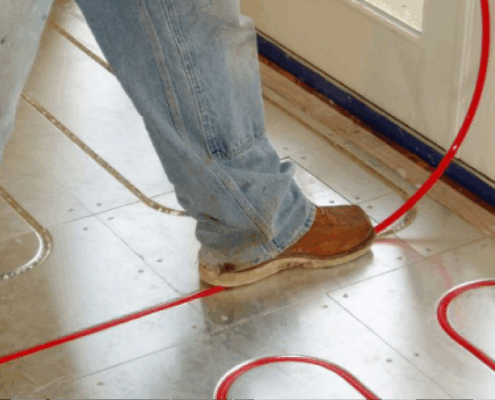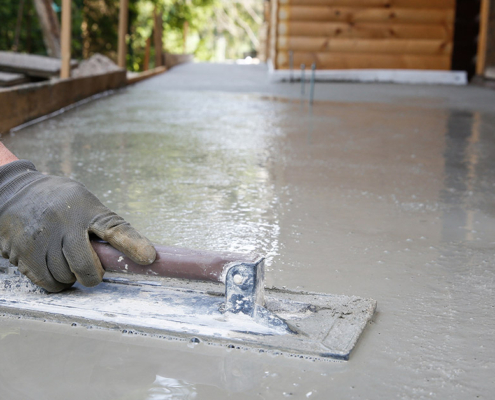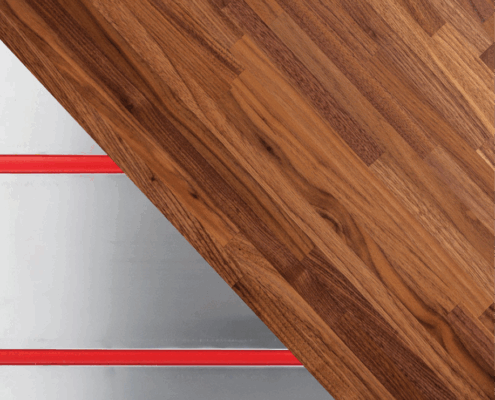
Hydronic Radiant Floor Heating: The Ultimate Guide for Efficiency and Comfort
Hydronic Radiant Floor Heating Guide for Efficient Home Comfort
Hydronic…

Hydronic Radiant Floor Heating Systems: The Complete Guide for Homeowners and Contractors
Hydronic Radiant Floor Heating: A Complete Guide for Homes &…

Most Efficient Heating Systems for Cold Climates
Most Efficient Heating Systems for Cold Climates
Heating…

Radiant Heat Installation: A Complete Guide for Homeowners and Contractors
Radiant Heat Installation: A Complete Guide for Homeowners and…

Self Leveling Compounds For Use With Hydronic Radiant Floors
The Geeks Guide to Self Leveling Compounds And Radiant Panels
Our…

Understanding Radiant Floor Heating Systems: A Complete Guide for Contractors and Homeowners
Radiant Floor Heating Systems: A Practical Guide for Homes and…